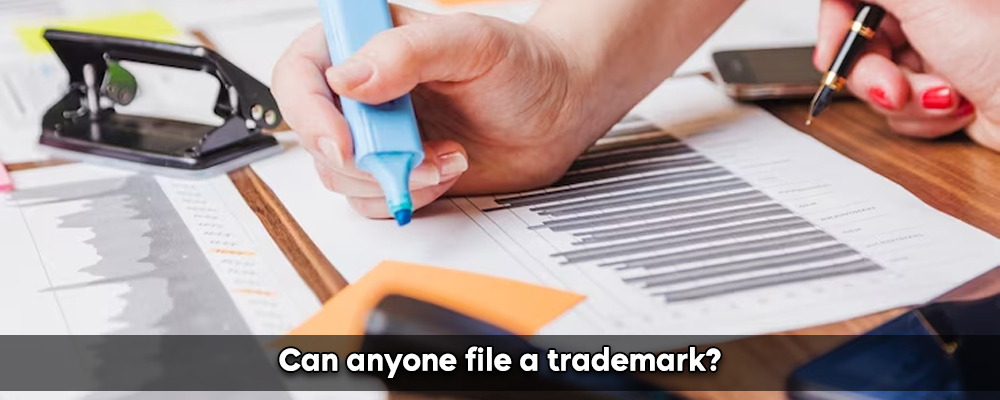Persons claiming to be the owner of a certain brand may submit the trademark themselves or can consult compliance lawyers, according to Section 18(1) of the Trademarks Act, 1999. An application must be submitted in writing or electronically to the Registrar of Trademarks. The term “person” is used in this context to refer to the following entities in addition to people.
- HUF (Hindu Undivided Family)
- Government entities, individuals, and corporations
- Two or more people collectively
- Limited Liability Partnership (LLP).
- Joint businesses
- Partnership companies
- Privately held corporations
- Organizations Trusts
- Legislative bodies
- Other entities, such as NRIs, foreigners, or foreign businesses.
Therefore, individuals can register their own trademarks. However, the process doesn’t finish with the submission alone; the trademark registration process is a lengthy and difficult one.
Need A Legal Advice
The internet is not a lawyer and neither are you. Talk to a real lawyer about your legal issue

The filing of trademarks
Although trademark registration is not required, doing so is frequently encouraged. If a brand name is violated, failing to register would cause the brand owner to regret it since stealing a brand image would severely harm the company’s reputation. Therefore, registering the trademark officially under the Trademarks Act, 1999, may be prudent.
The steps for trademark registration are as follows.
Step 1
Search for trademarks: Even though you choose the most original name for your trademark, it could be a good idea to conduct a trademark search. This makes it possible to completely rule out the possibility that the trademark is misleadingly similar to other marks on the market.
Step 2
Application submission: Following completion of the trademark search, the applicant may proceed to submit the application online at https://ipindia.gov.in/trade-marks.htm, which is the official website for trademarks in India.
Step 3
Reviewing the application. The application is examined by the examiner once it is filed. If there are any inconsistencies, the applicant is informed of them. The trademark application is published in the trademark journal when the discrepancies have been fixed. The applicant is invited to a hearing if the examiner still believes that the application is flawed. The application may be accepted or refused depending on the applicant’s response.
Step 4
Conflict. Any interested party may object within three months of the date of publication after the trademark is published in the journal. The Registrar makes a decision about the application after hearing from both the applicant and the opposing party. The application is registered if no resistance is voiced within the allotted period.
Step 5
Registration Certificate. Upon the applicant’s successful resolution of any resistance, if any, the registrar issues the Certificate of Registration. On the certificate is pasted the trademark registry’s seal.
Step 6
Renewal. Once registered, the trademark is good for ten years and can be renewed on a regular basis after that. This means that the registered proprietor has eternal exclusivity on the brand name.
Challenges Individuals Face When Registering Their Own Trademark
- The Trademark’s Risk Being Abandoned: A trademark might be disapproved for either absolute or relative reasons. The chosen trademark must comply with the Trademarks Act of 1999 in order to be accepted. A comprehensive trademark search may need both a word mark and a device mark search in some circumstances, which a non-trademark specialist may not be able to perform.
- The registration process has complications: The class of the products or services is one of the key components of a TM application, despite the fact that there are several minor details that must be filled out during registration. Since the specified money must be deposited for each class the application fills out, the applicant must be clear about the classes they wish to enroll in. Moreover, the examiner refuses to register students who choose the wrong classes.
- Responding to Office Actions: If the application is met with objections, it must be followed up on with a suitable answer. The application will be declared abandoned if the response is not submitted within the allotted time limit.
- Responding to Opposition: In the event that the trademark registration is opposed, the applicant must provide a counterstatement or, where appropriate, supporting documentation.
If you want you can also appoint a trademark attorney. You can search for a corporate lawyer near me or attorneys near me.
To address the issue, Lead India provides data, legal services, and free legal advice online. The best advice in this scenario is to talk to a lawyer and ask a legal question.





 Talk to a Lawyer
Talk to a Lawyer